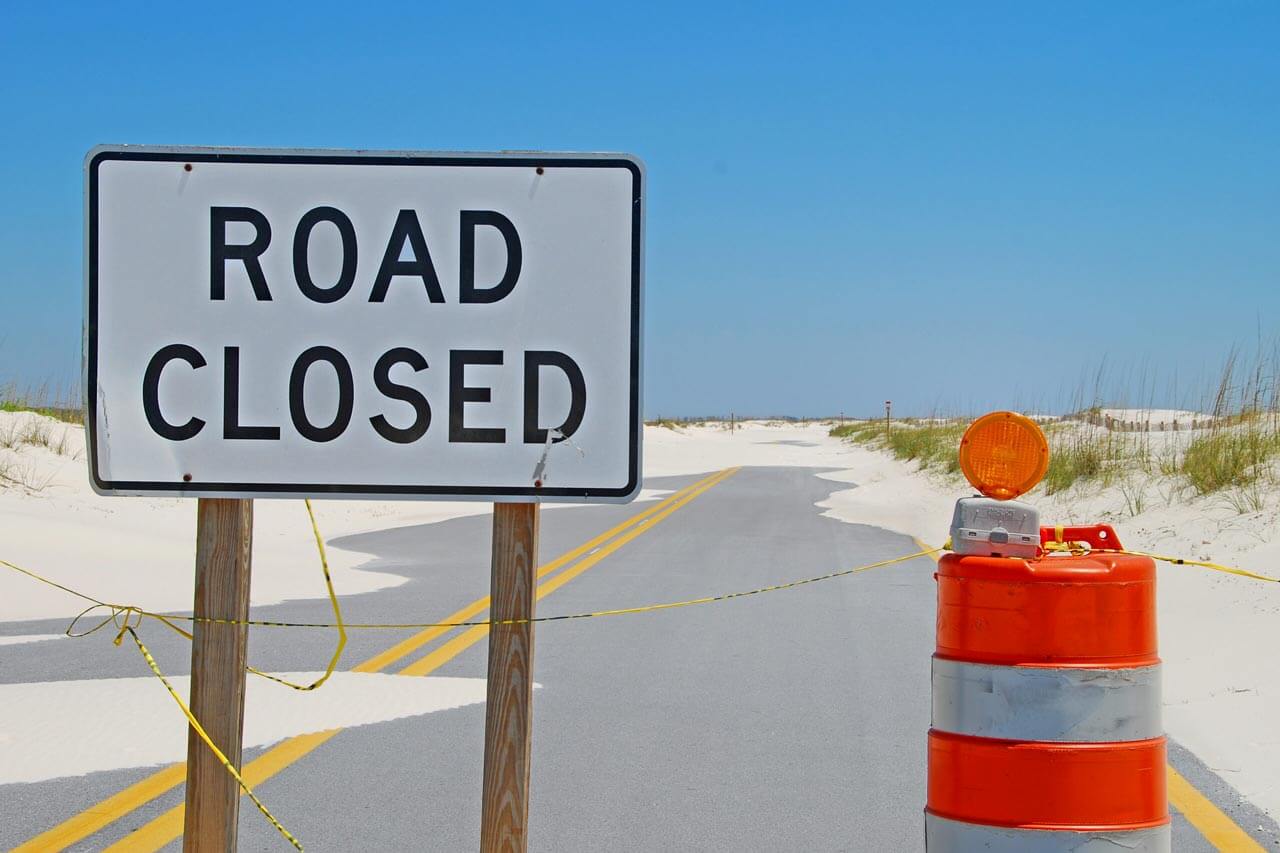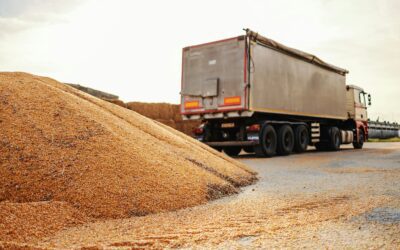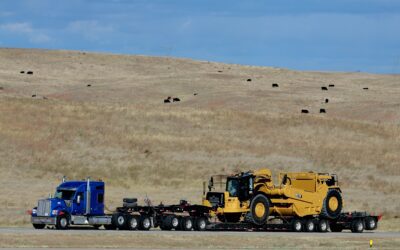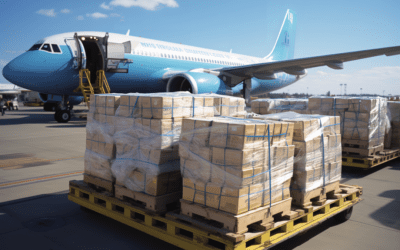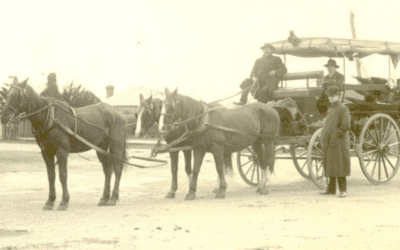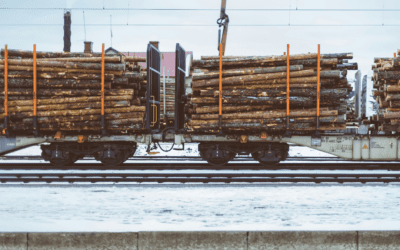Preparing for hurricane season: FEMA’s mission is to help people before, during, and after disasters.
Article Overview
Getting ready for the storms
The U.S. Army has been getting ready for this year’s hurricane season, which officially started on June 1, with a press release stating, “Colorado State University, which has forecast hurricanes since 1984, and the National Oceanic and Atmospheric Administration’s Climate Prediction Center, a division of the National Weather Service, predicts “above-average” hurricane activity for this year.”
The DoD is gearing up to support FEMA in preparing for hurricane season, and so are shippers, carriers, and 3PLs across the United States.
Freight carriers who service or want to start servicing FEMA loads must have a strong understanding of the flexibility needed to assist during catastrophic events and a top-tier carrier base. Commodities can be redirected to higher-need locations based on responder assessments at a moment’s notice.
What carriers should expect during hurricane season?
- Roads may be damaged as a result of the catastrophe at hand. Ensure you and your truck are adequately prepared to enter a disaster zone. Bring a tire kit, fill your truck and take extra precautions as you drive.
- Cell phone service may be limited, especially if power lines are down in the immediate or nearby areas. Take a written copy of directions and essential phone numbers, and bring your CB radio.
- FEMA pays a daily retention rate, so be sure to include this in your confirmation sheets. It’s also important to be prepared for longer wait times, up to days, before you can unload.
- There’s a lot of paperwork, which means you may not immediately be directed when approaching the disaster area (due to lack of service). You’ll want your cost logs, mileage, etc., on paper, and payments from brokers will be slower than usual.

According to FEMA, the top commodities needed after a local disaster are:
- Infant/Toddler Products
- Durable Medical Equipment Kits
- Consumable Medical Supplies Kits
- Plastic Sheeting
- Tarps
- Blankets
- Comfort/ Hygiene Kits
- Water
- Meals
- Forklift Rentals
- Cargo Vans
- Security Guard Services
- Generators
- Cots
- Joint Field Office Kit
- Leased Copiers
- Leased Generators
- Office Supplies
- Shredded Bins
- Portable Toilets
- Sign Language
- Temporary Labor
- Janitorial Services
There is no room for error when it comes to disaster relief; freight brokers seeking to become FEMA affiliates have a sharp focus shift, as the main priority is no longer just covering a load. It’s saving lives.
How to start hauling
If you’re ready to get started as a FEMA affiliate, there are a few steps to take.
- Find your local Procurement Technical Assistance Center (PTAC)
Over 300 locations in the United States are dedicated to helping smaller businesses understand what to expect.
- Register for the System for Award Management (SAM)
The government uses SAM to boost security and better identify fraud. Registration is free, and the Association for Procurement Technical Assistance Center has a step-by-step guide to follow.
- Monitor Contract Opportunity Sites
The Department of Homeland Security Acquisition Planning Forecast System has a portal that lets vendors review opportunities over $250,000. Another resource is Unison Marketplace, formerly FedBid, an online marketplace connecting sellers to federal and commercial opportunities.
KCH Transportation is a direct TSP and has a strong history with FEMA, covering over 4,000 loads in the last 5 years, carrying baby formula, tarps, insulin, medical equipment, and everything in between. With a robust carrier network that offers variety, flexibility, and reliability, our specialized 3PL team can provide a quick turnaround every time.

